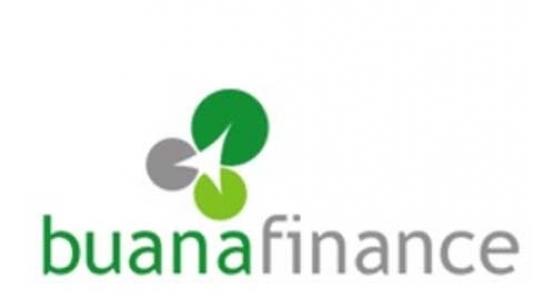June 10, 2022
Buana Finance (BBLD) Pede Aims for Profit to Grow 28 Percent, Relying on Heavy Equipment and Cars

Bisnis.com, JAKARTA - Issuer of financing PT Buana Finance Tbk. (BBLD) is optimistic that it aims for double-digit net profit growth this year, in line with the opening of opportunities for new financing needs in the midst of the recovery phase of the national economy. Director of Buana Finance Mariana Setyadi revealed that net profit at the end of the year is set at IDR 37 billion or a growth of about 28 percent (year-on-year / yoy) compared to the achievement of the 2021 period. "This target is in the moderate category, although the percentage is quite significant. Because we are still cautious and not too aggressive in expanding. We will still take efficiency steps, especially through various digitalization efforts," he said in a limited discussion with the media, quoted Friday (10/10). /6/2022). For comparison, BBLD's net profit last year did grow 43.1 percent yoy, to be precise, from IDR 20.05 billion in 2020 to IDR 28.7 billion. However, when compared to the period before the pandemic, the value is still far away, because in the 2019 period it reached IDR 59 billion, in fact it has always been above IDR 53 billion since 2016. Moreover, BBLD's revenue in 2021 is still corrected by 19.14 percent yoy from Rp. 680.1 billion to Rp. 549.9 billion. Profit was supported by expense efficiency efforts, where the company managed to reduce 21.1 percent yoy to Rp515.1 billion. Therefore, Mariana said that her party will also pursue moderate revenue growth this year, to Rp605 billion to be exact. Meanwhile, the increase in profit will also be supported by a more competitive cost of fund exploration. "The new financing target is IDR 2.5 trillion this year, up from last year's IDR 1.94 trillion. We will realize the disbursement in a measurable way, and we hope to support performance, as we continue to seek funding sources with competitive interest from our creditors," he added. . For your information, since the beginning of this year BBLD has been able to attract several banks to disburse credit facilities. Starting from Bank OCBC NISP worth Rp100 billion with a 36-month tenor, Bank JTrust worth Rp200 billion with a 48-month tenor, Bank Danamon with Rp500 billion with a 48-month tenor, and Bank DKI worth Rp150 billion with a 36-month tenor. Director of Buana Finance Herman Lesmana added that the massive financing needs from debtors, both for investment financing and consumer financing, also brought optimism to the increase in financing receivables this year. Buana Finance itself has a business focus on investment financing in the form of heavy equipment, transportation vehicles, and working capital financing. Meanwhile, the focus of the consumer financing business is supported by the used car segment (Mobkas). "For productive financing, we will still target debtors in the mining sector, then related to oil palm plantations, as well as the recovery of construction activities. For vehicles, the trend is for used cars to continue to improve, while we are also aiming for new cars, even though there is currently a phenomenon of limited stock," he explained. As an illustration, from last year's total financing distribution, Buana Finance's vehicle loans totaled IDR 1.2 trillion, with a portion of 64 percent of used vehicles. Meanwhile, finance leases supported by heavy equipment and transportation cars stood at Rp710 billion. This year, the consumer finance business line is targeted to reach Rp1.66 trillion, while the finance lease is Rp928.2 billion. If achieved, this portion of financing is almost equivalent to BBLD's achievements in the 2016 period, and only slightly decreased from the period before the Covid-19 pandemic aka the 2019 period. Meanwhile, as of the first quarter of 2022, BBLD's net profit has realized Rp9.07 billion, up 568.6 percent yoy from the first quarter of 2021. During the three months running, BBLD's assets have also grown 7.22 percent (year-to-date/ytd) to Rp3.84 trillion, supported by rising financing receivables.